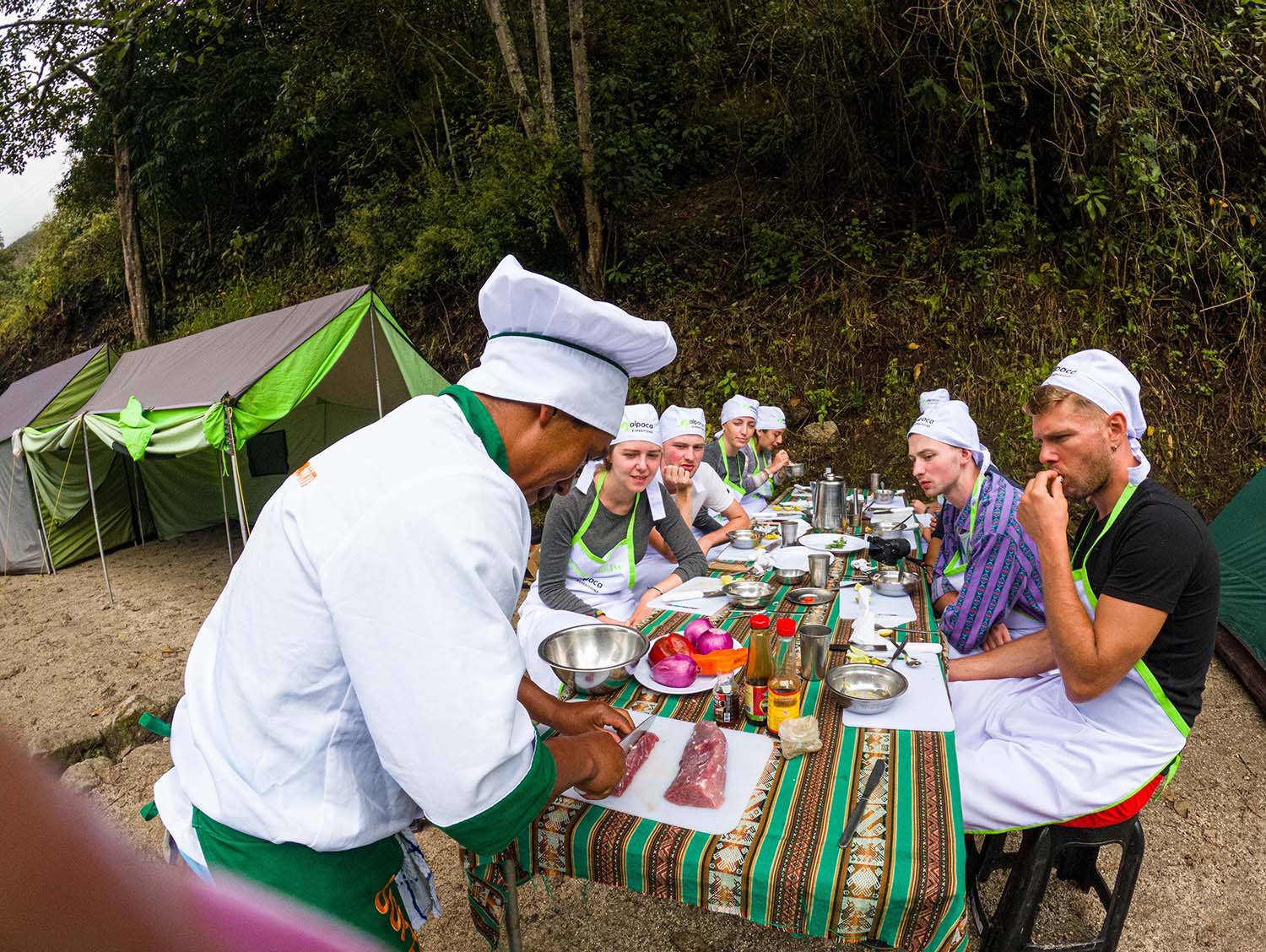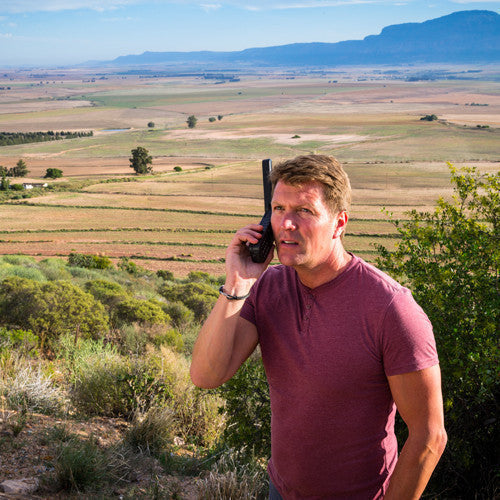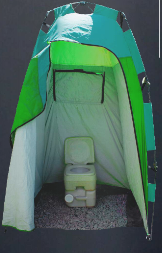Inca Trail Trek to Machu Picchu: 4 day and 2 day Treks
The Inca Trail Trek to Machu Picchu is by far, the most popular hike option to Machu Picchu. World-renowned for its impressive archaeological sites, this trail is rich in Inca history. The Inca trail is approximately 45 km in length and spans from cloud forest and high mountain passes to warm Andean valleys. Sections of the trail are original Inca stone paths and steep stone steps, which to most travelers feels as if walking in the footsteps of the Incas. Along the Inca Trail, hikers are granted access to some of the most impressive archaeological remains in the region. The most impressive of them all is probably Wiñay Wayna located at 2,680 m.a.s.l. This archaeological site is made up of an intricate system of terraces built seamlessly into the steep hillside and overlooking the Urubamba River. On the final day of the hike, all travelers enter Machu Picchu citadel via the Sun Gate, another highly romanticized highlight of the Inca Trail alone.
PROS:
- The Inca Trail grants access to archaeological sites otherwise inaccessible. These sites include Runcu Raccay, Sayacmarca, Phuyupatamarca, and Wiñay Wayna. During your hike, your Inca trail guide will dedicate enough time to each site to observe and explain its impressive built and historical importance.
- With only 45 km in length, the Inca Trail is shorter than its counterpart the Salkantay trail. This means your average hiking distance per day is approximately 10 km to 14 km.
- The Classic Inca Trail Trek is 4 days and 3 nights, with camping every night.
- There also is a Short (2Day) Inca Trail Hike option for those short on time. It includes 1 day of hiking, and 1 day at Machu Picchu. There are two convenient options: Inca Trail 2 Day Camping, and Inca Trail 2 Day Hotel
- Nothing beats entering Machu Picchu citadel via the Sun Gate. This unique access is only available when hiking the Inca Trail to Machu Picchu. The Sun Gate is one of the most prominent structures of Machu Picchu and was used as the last checkpoint to Machu Picchu during the Inca empire. Nowadays, entering the citadel via this access means only one thing: the glorious view of Machu Picchu with the early morning sun rays upon arrival.
CONS:
- In an attempt to preserve the trail, its archaeological sites, and the endemic species, the Inca Trail is strictly regulated by the Ministry of Culture. This means that no more than 500 people (non-pandemic times), including travelers and porters, can enter the trail per day. As a result, Inca trail permits have to be booked well in advance and most often sell out within hours for high-season months (April to August).
- Campsites are pre-determined by the Ministry of Culture and cannot be modified. This applies to all operators and does not allow for private or “one of a kind” camping experiences.
- Since no cargo animals are allowed on the trail, we rely on the power of our porters – Alpaca´s GREEN MACHINE – for carrying travelers’ gear and campsite equipment. No emergency horses are allowed in the event of extreme fatigue and injuries.


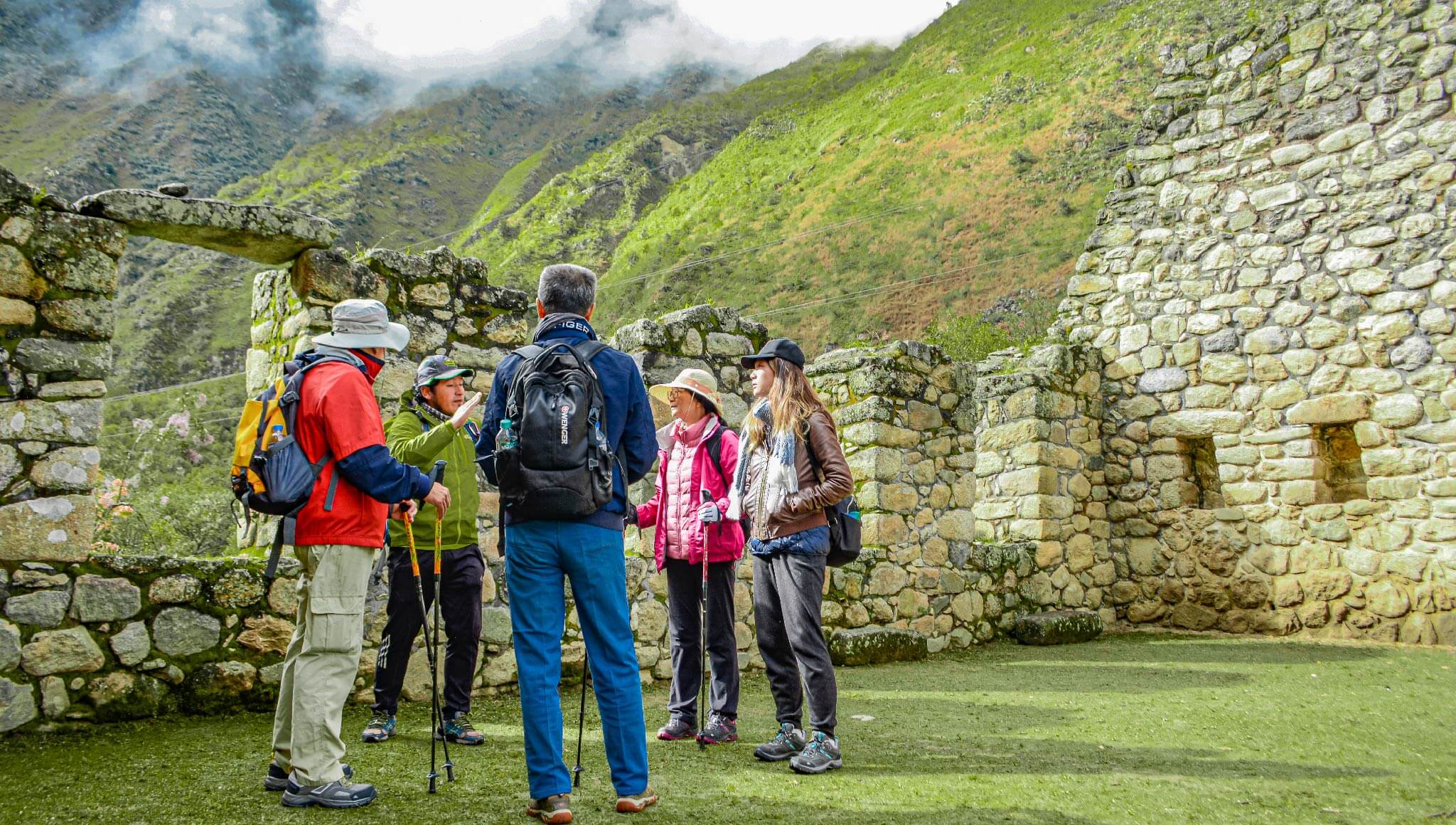
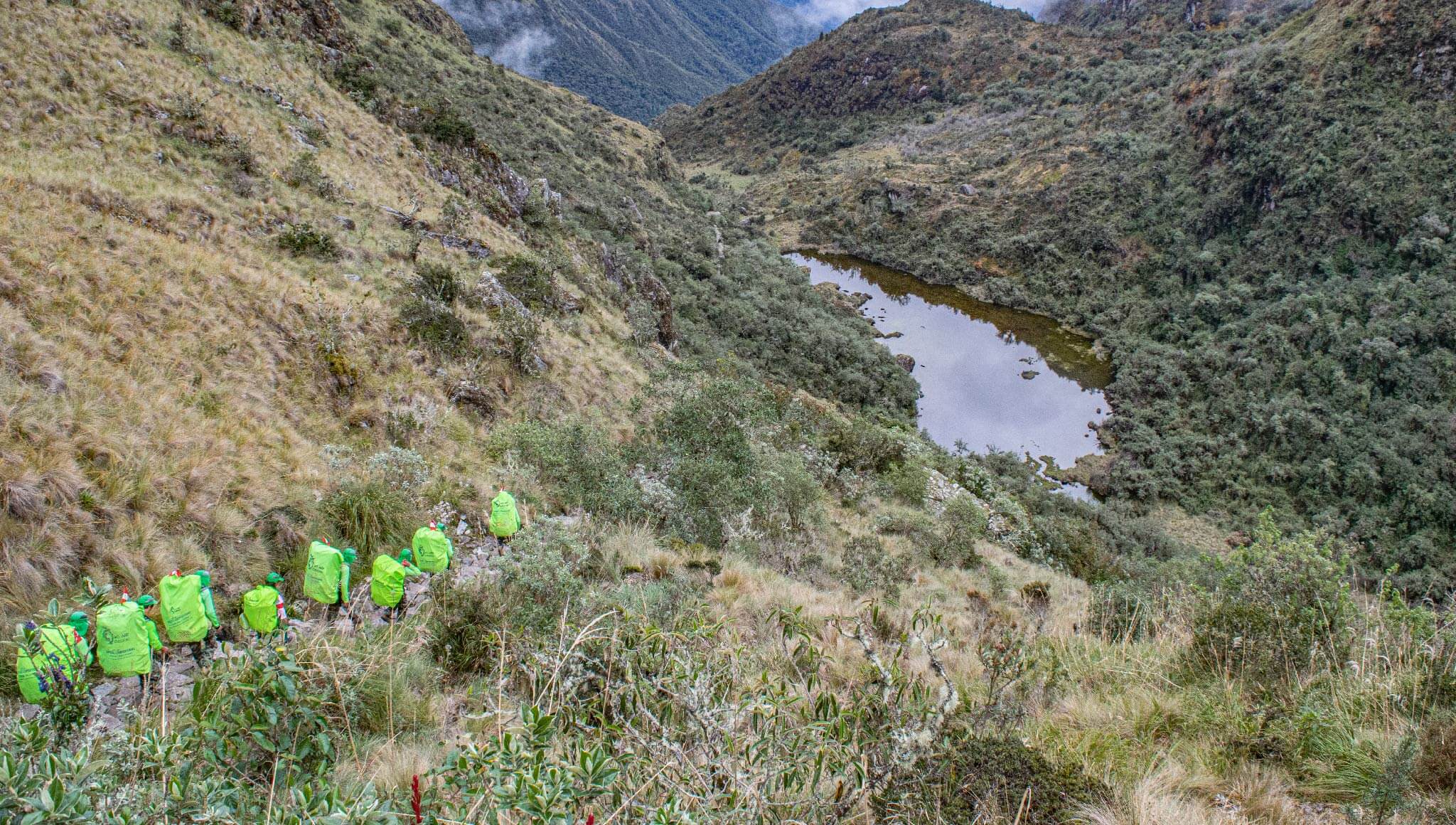
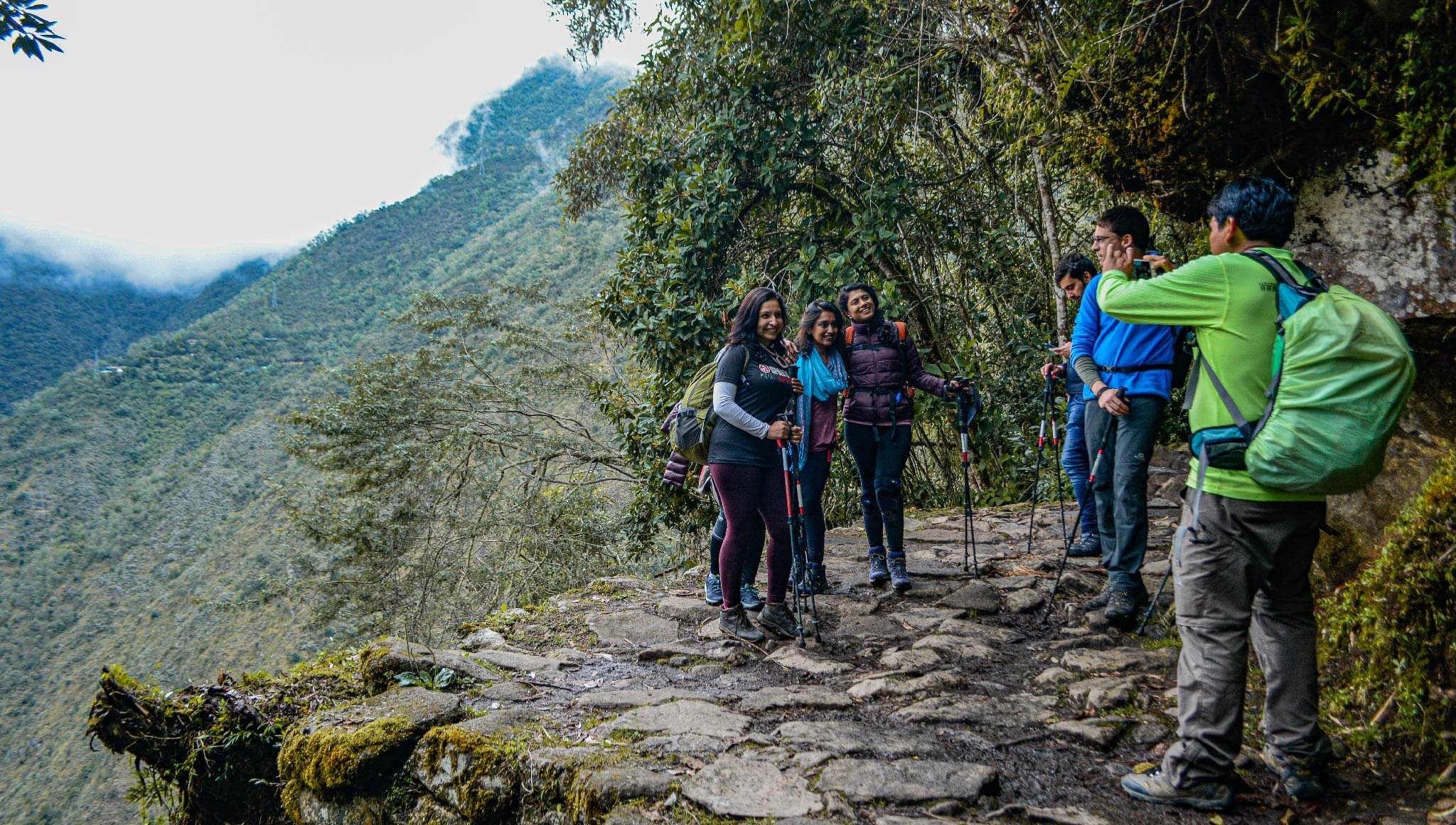
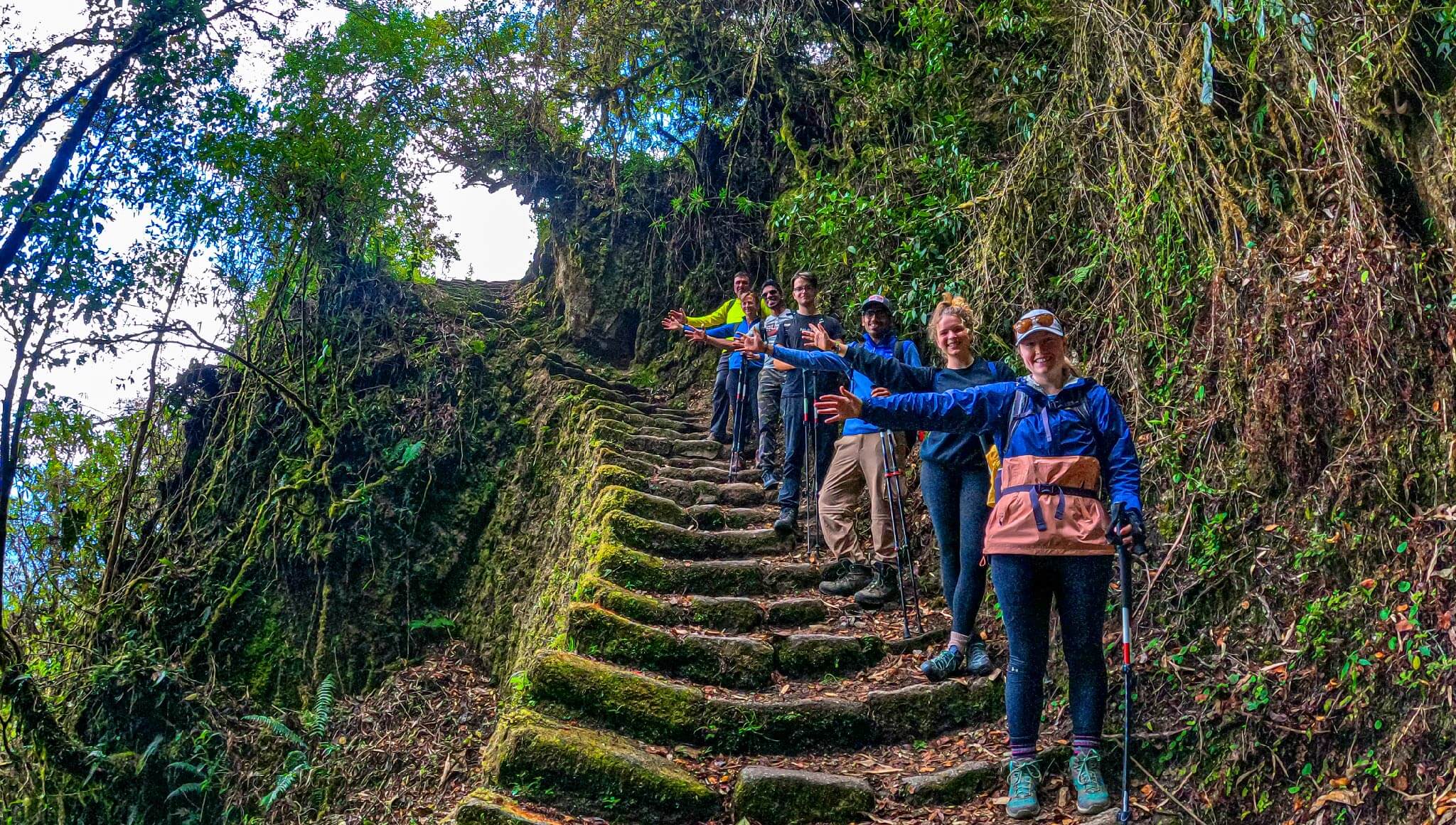
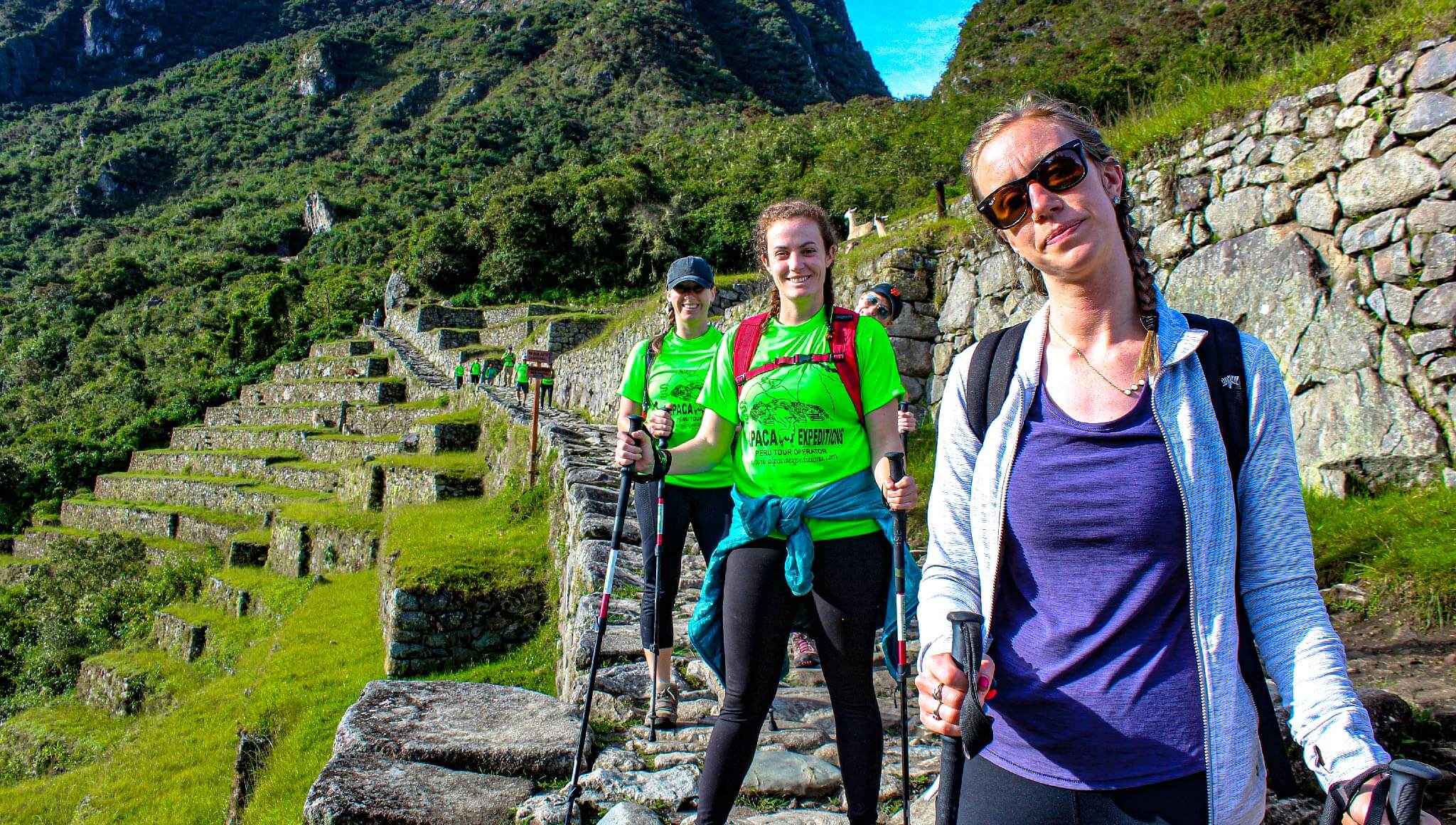
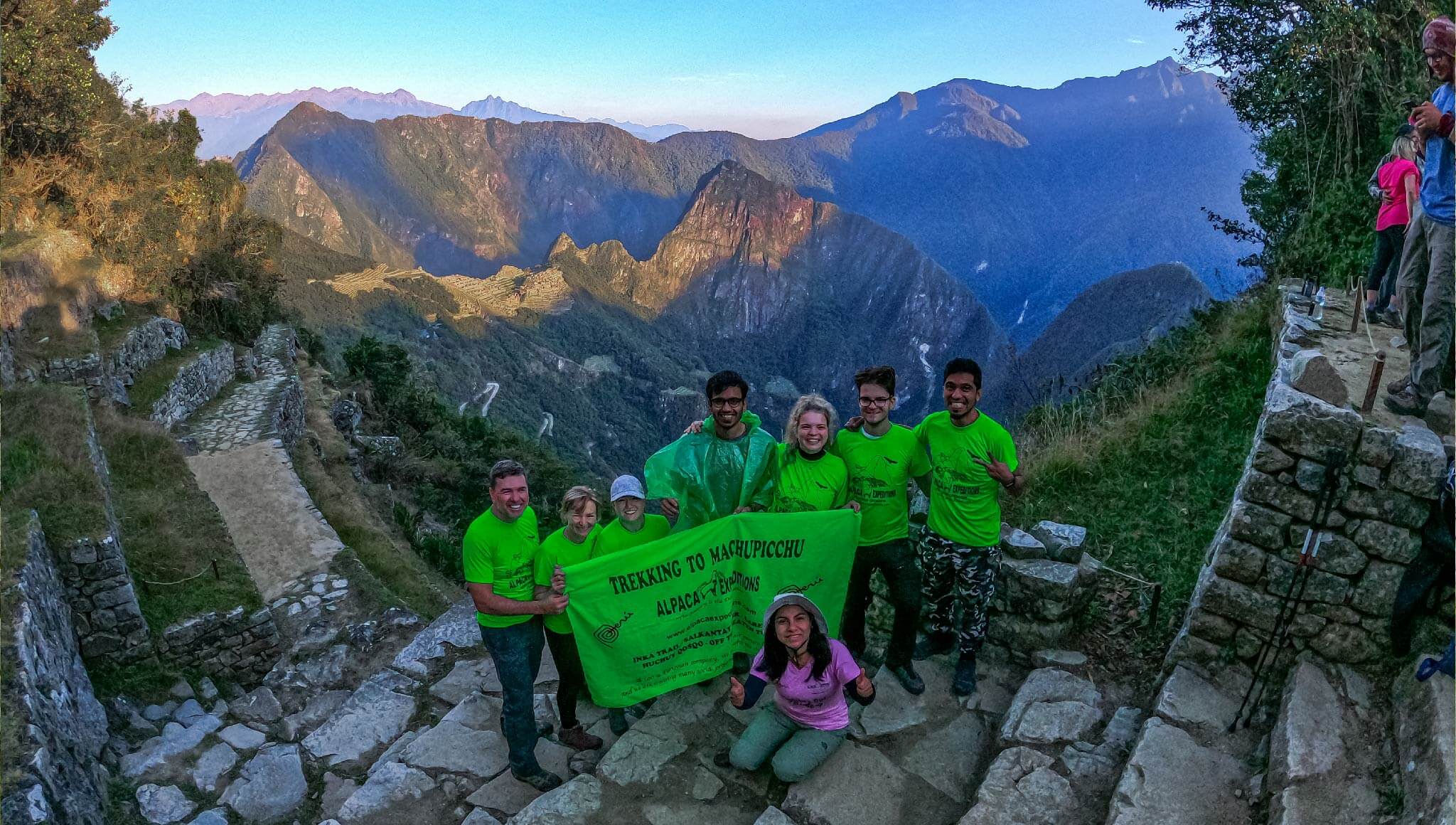
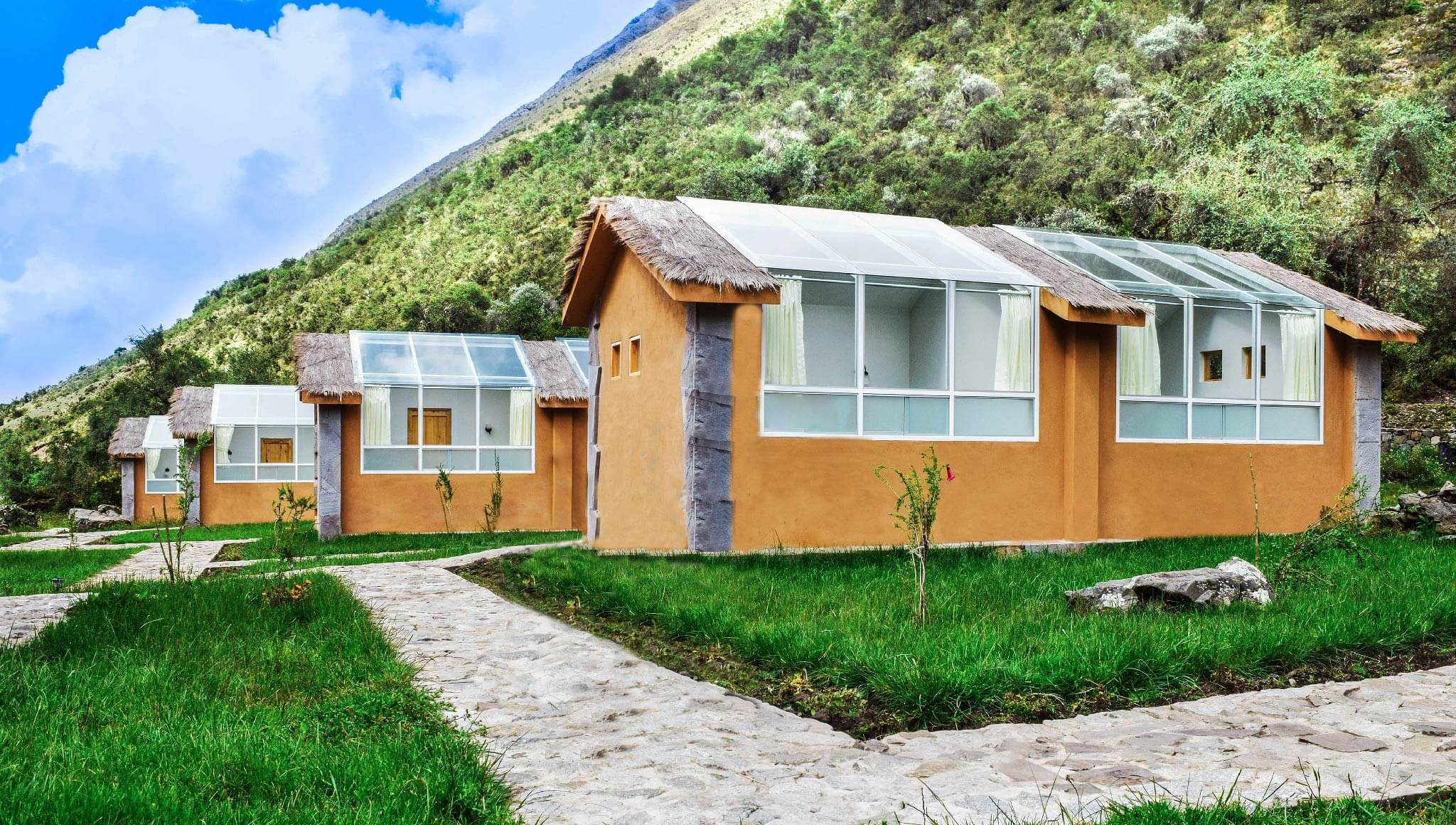
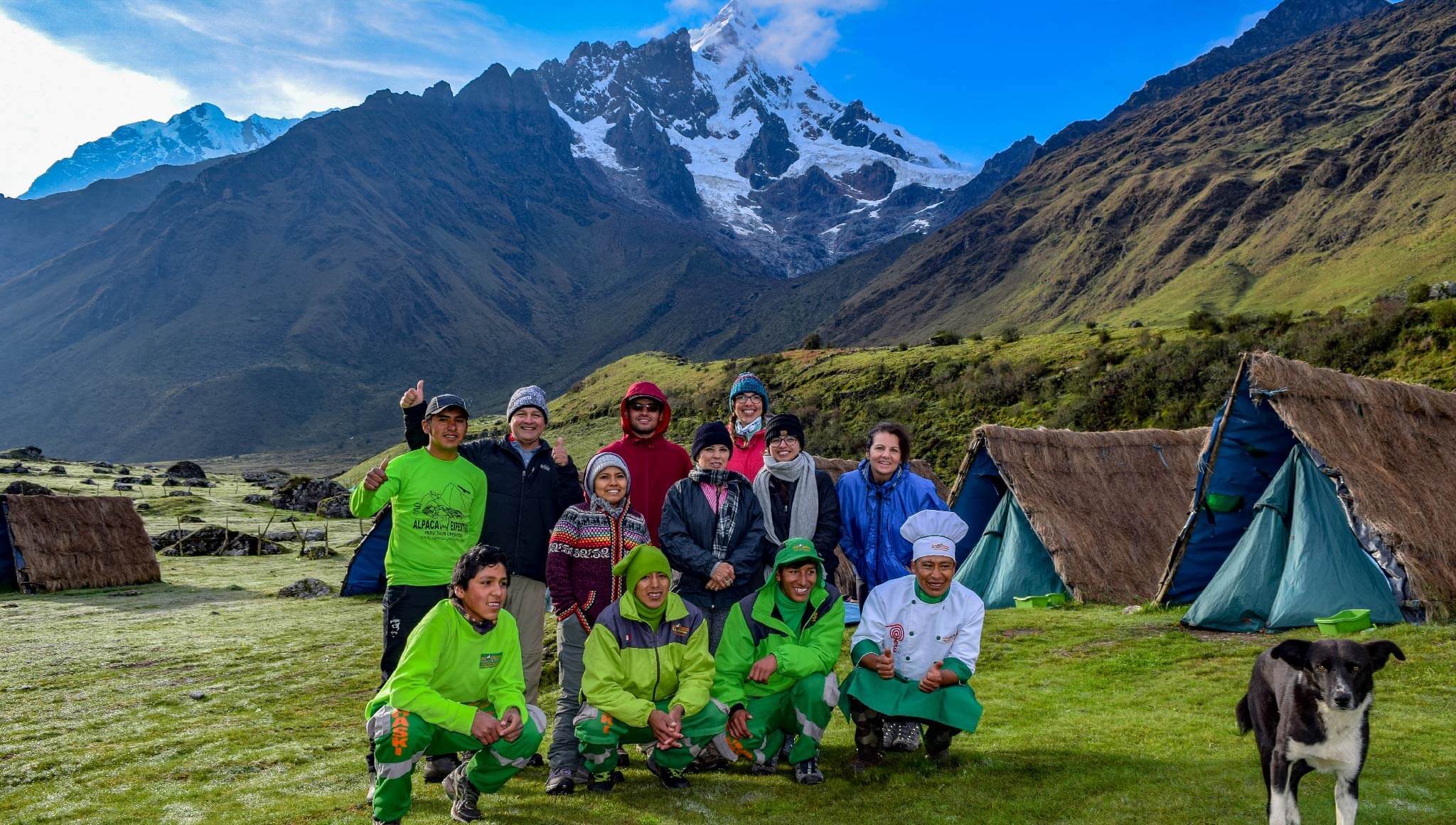
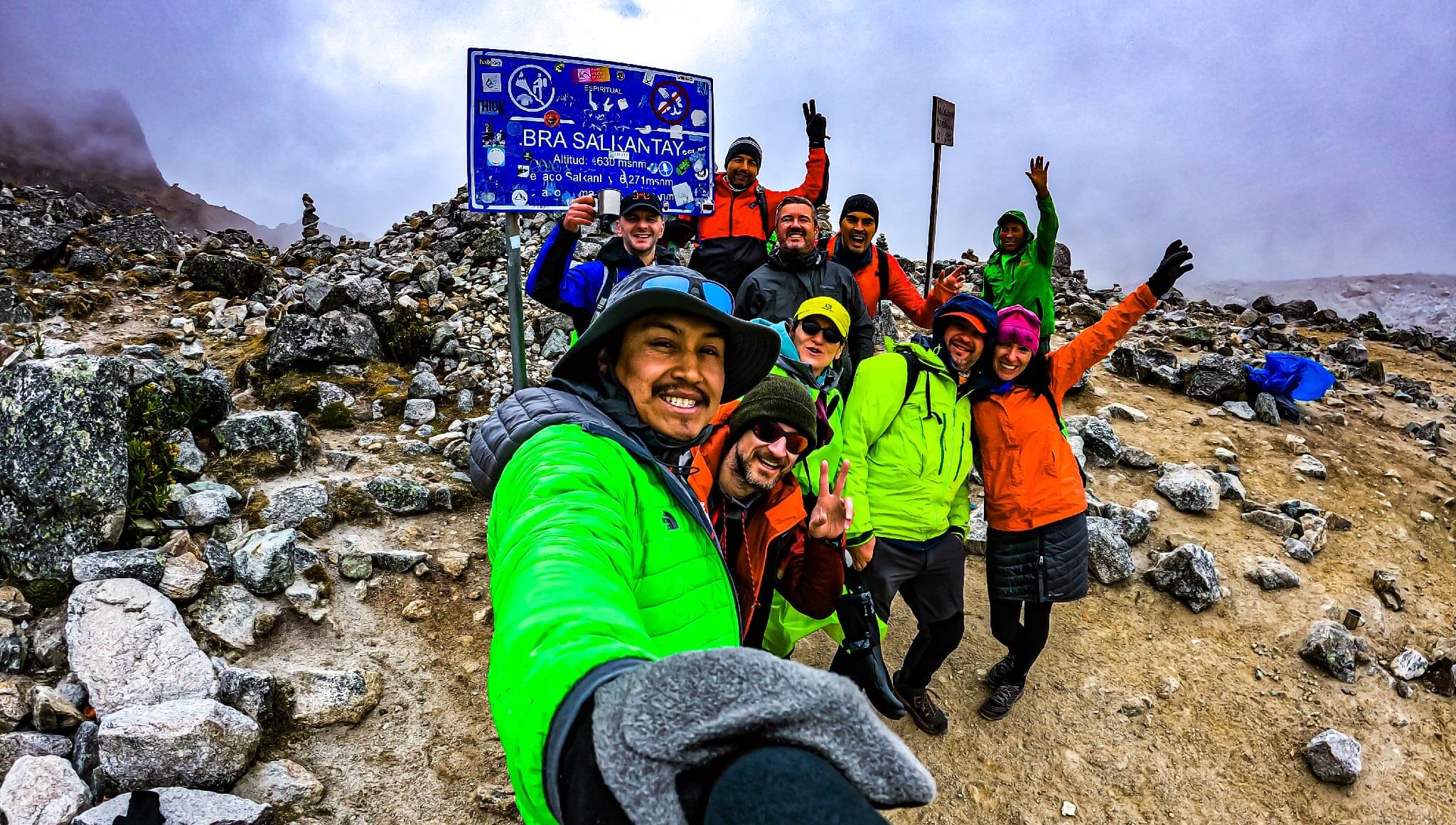
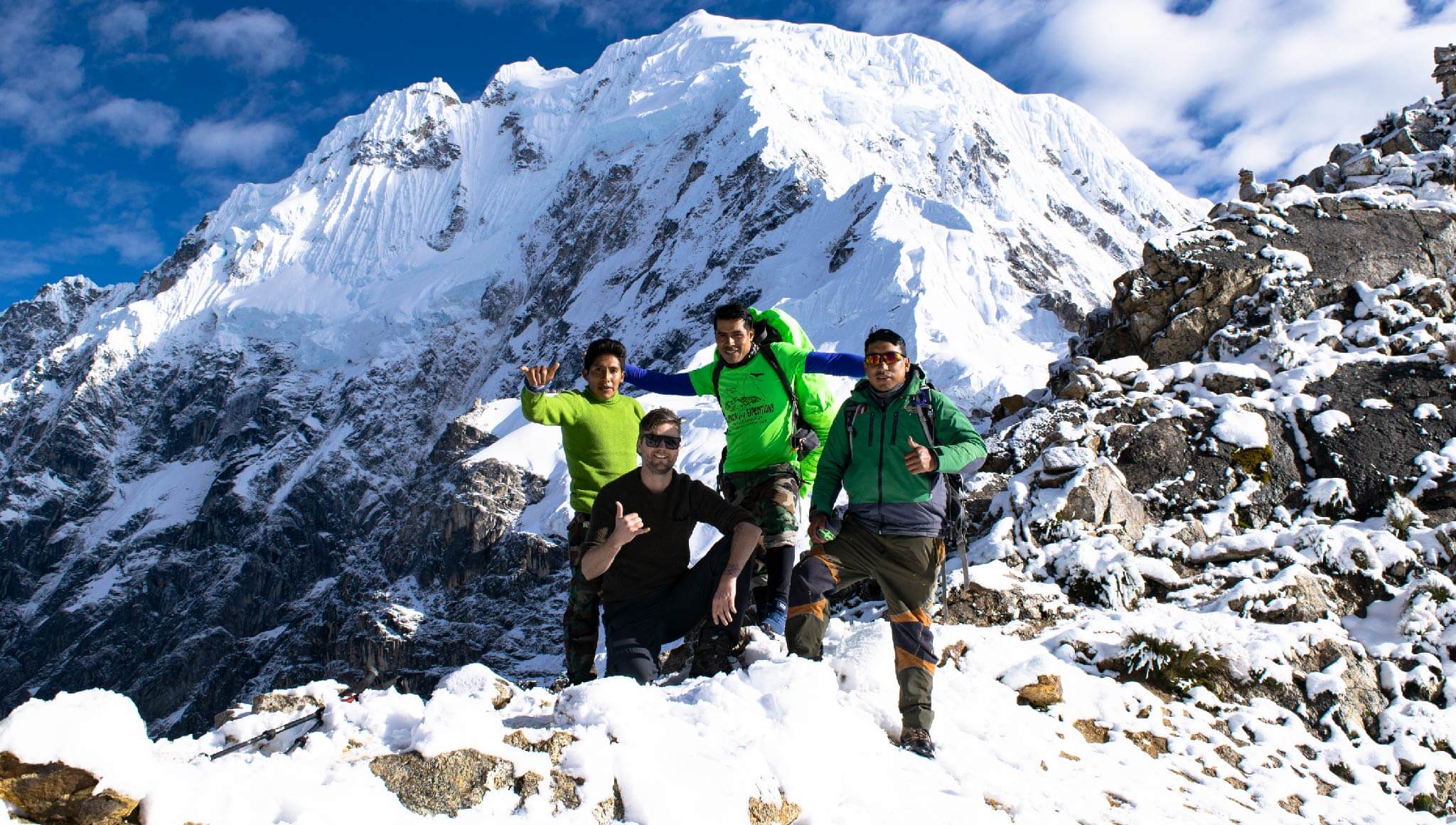
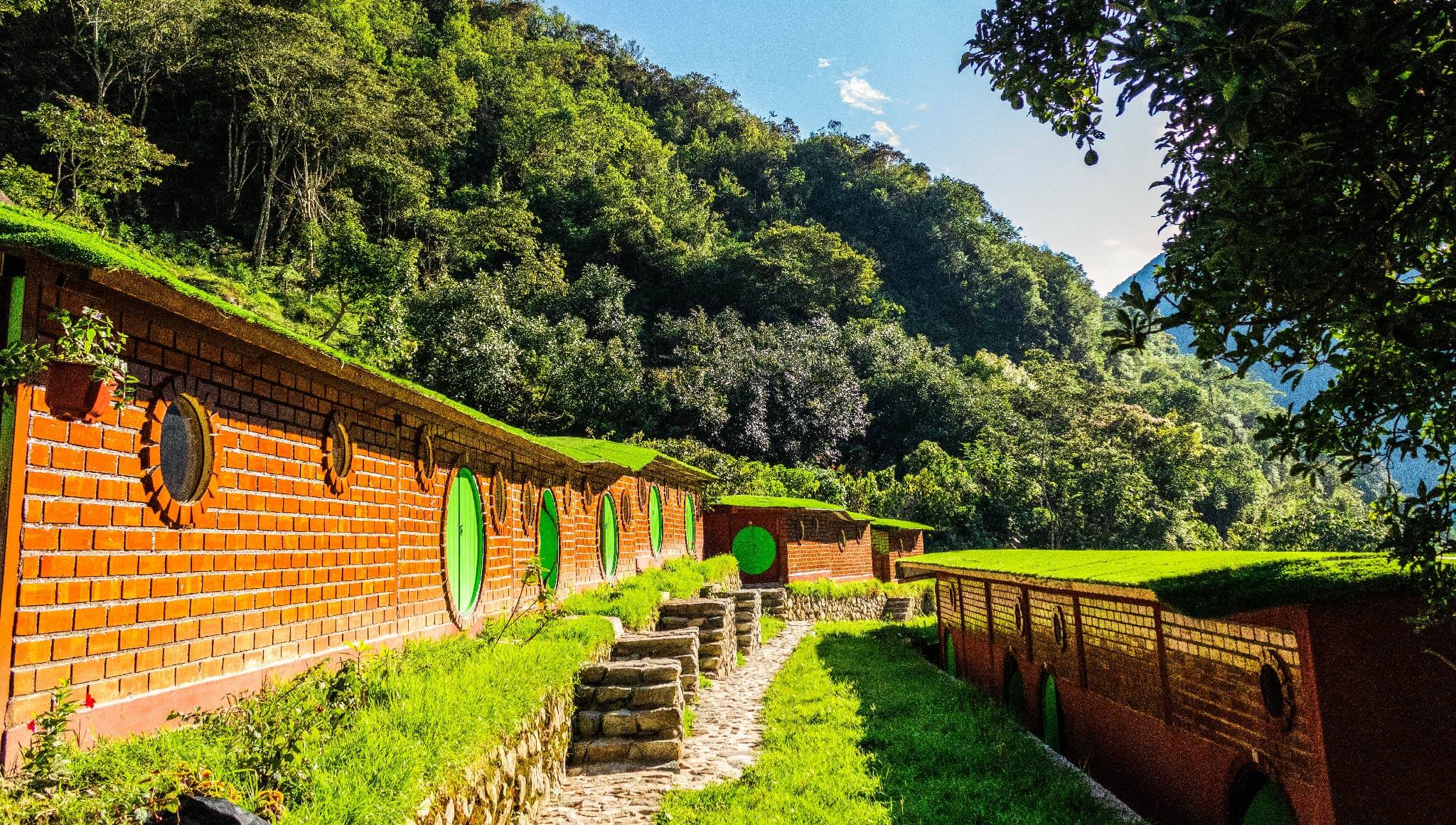
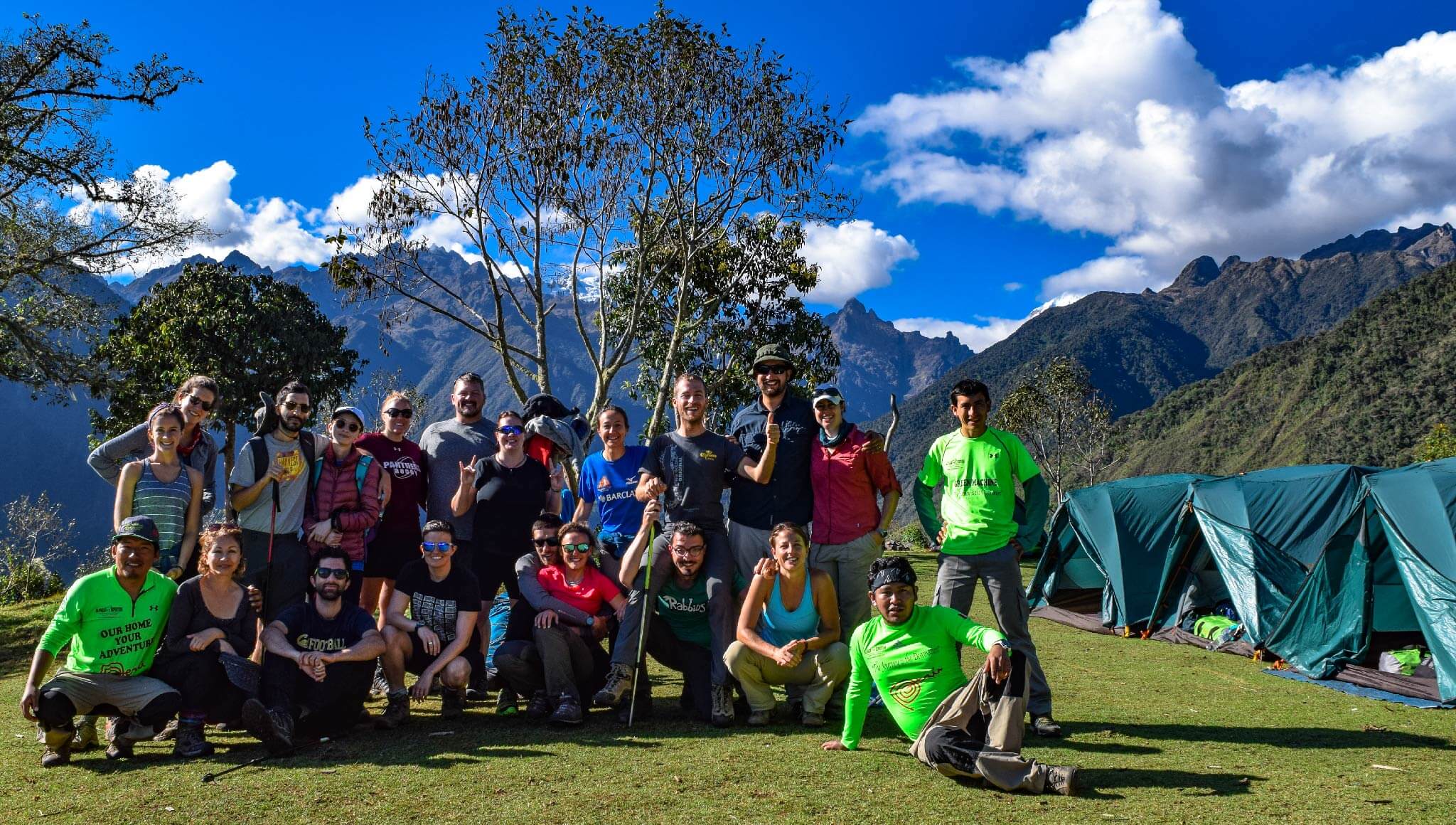
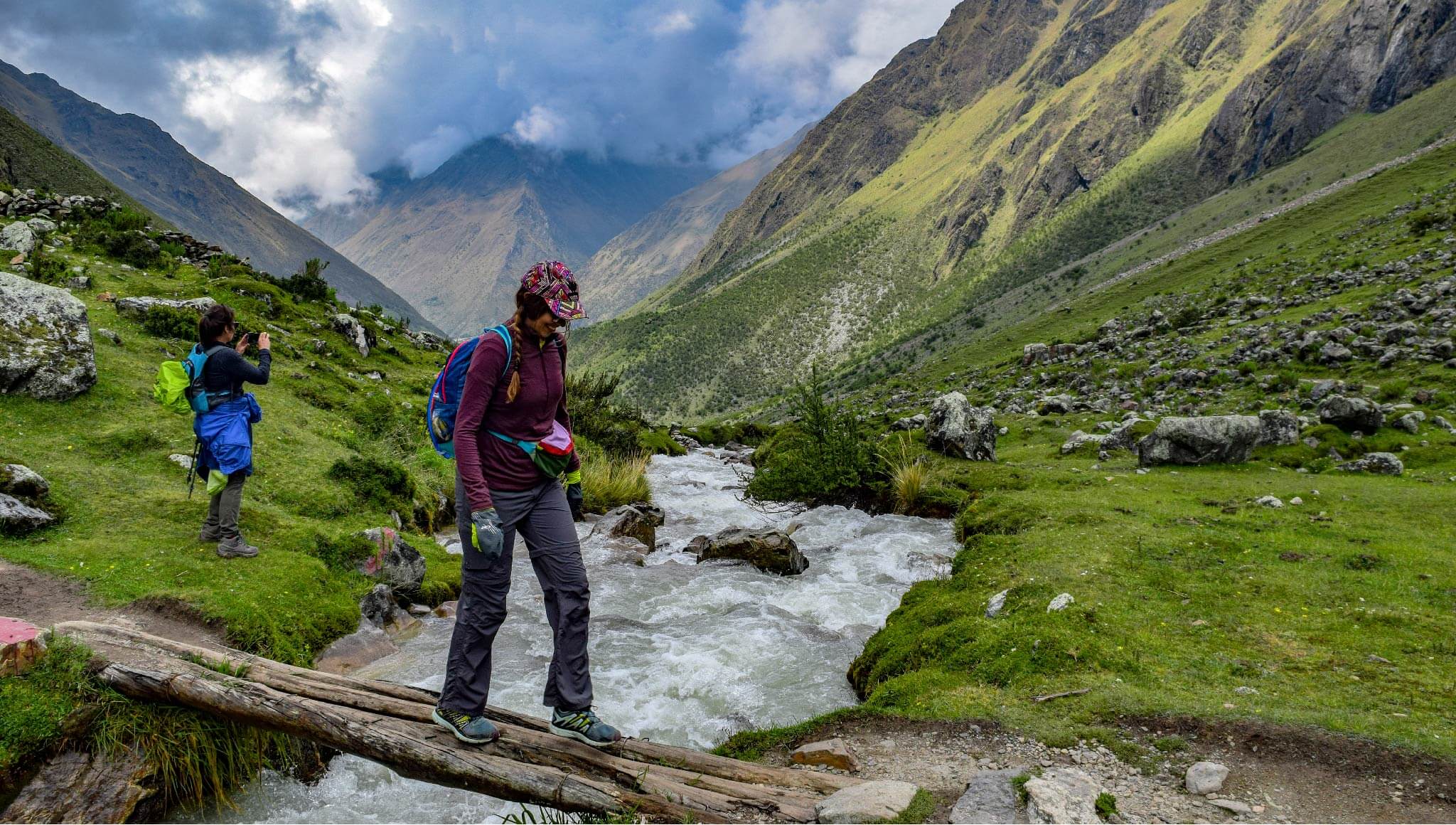
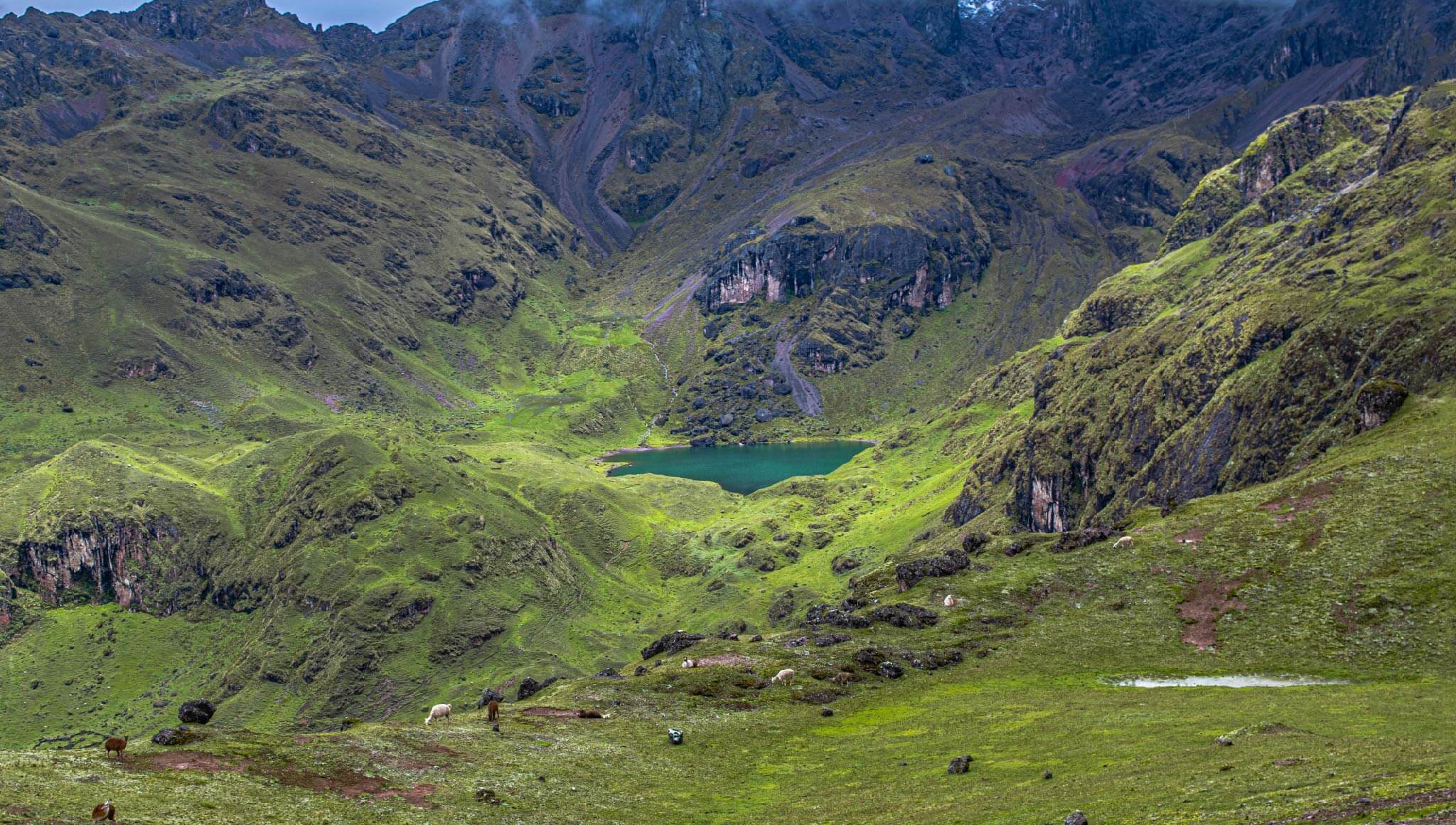
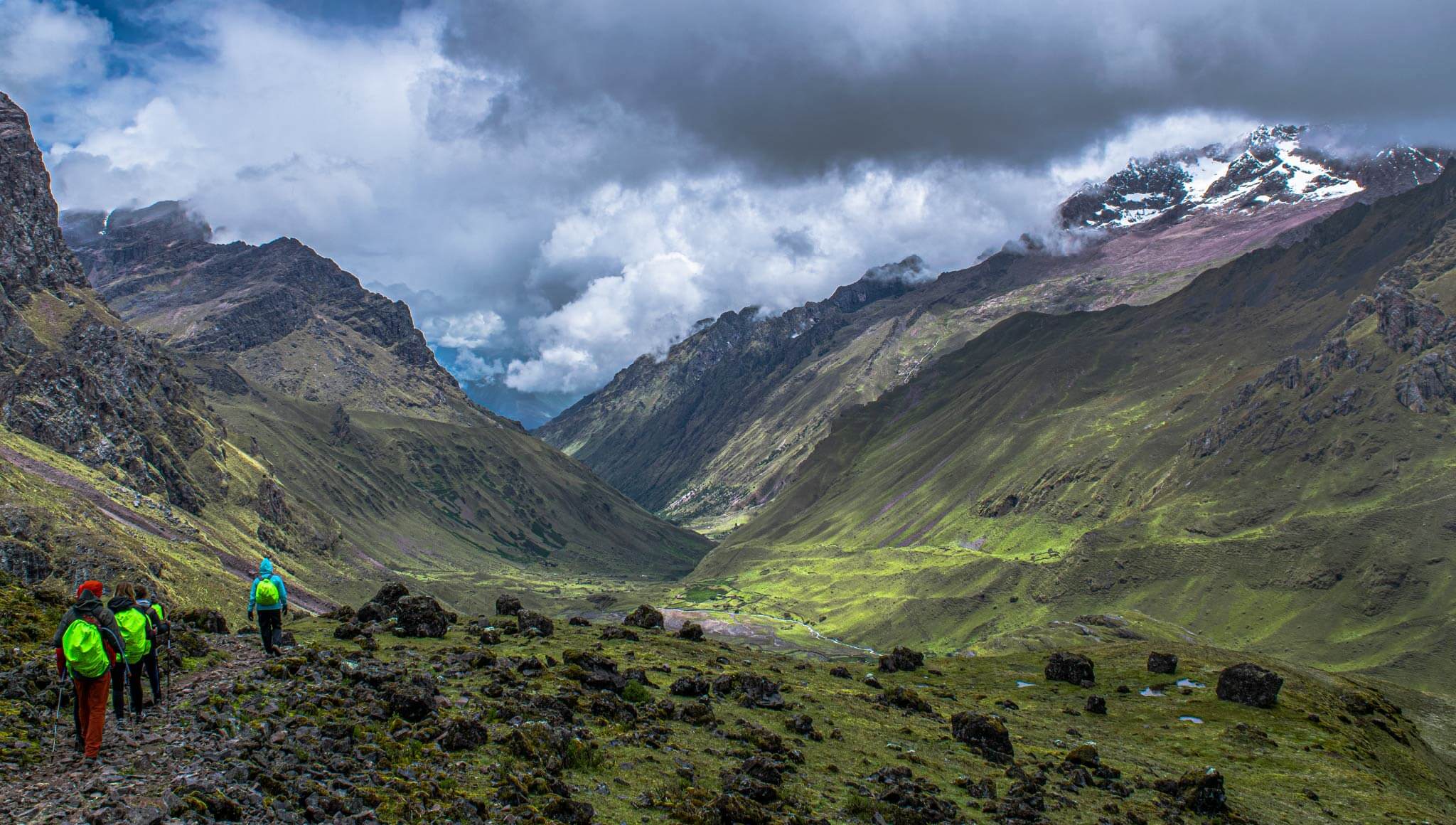
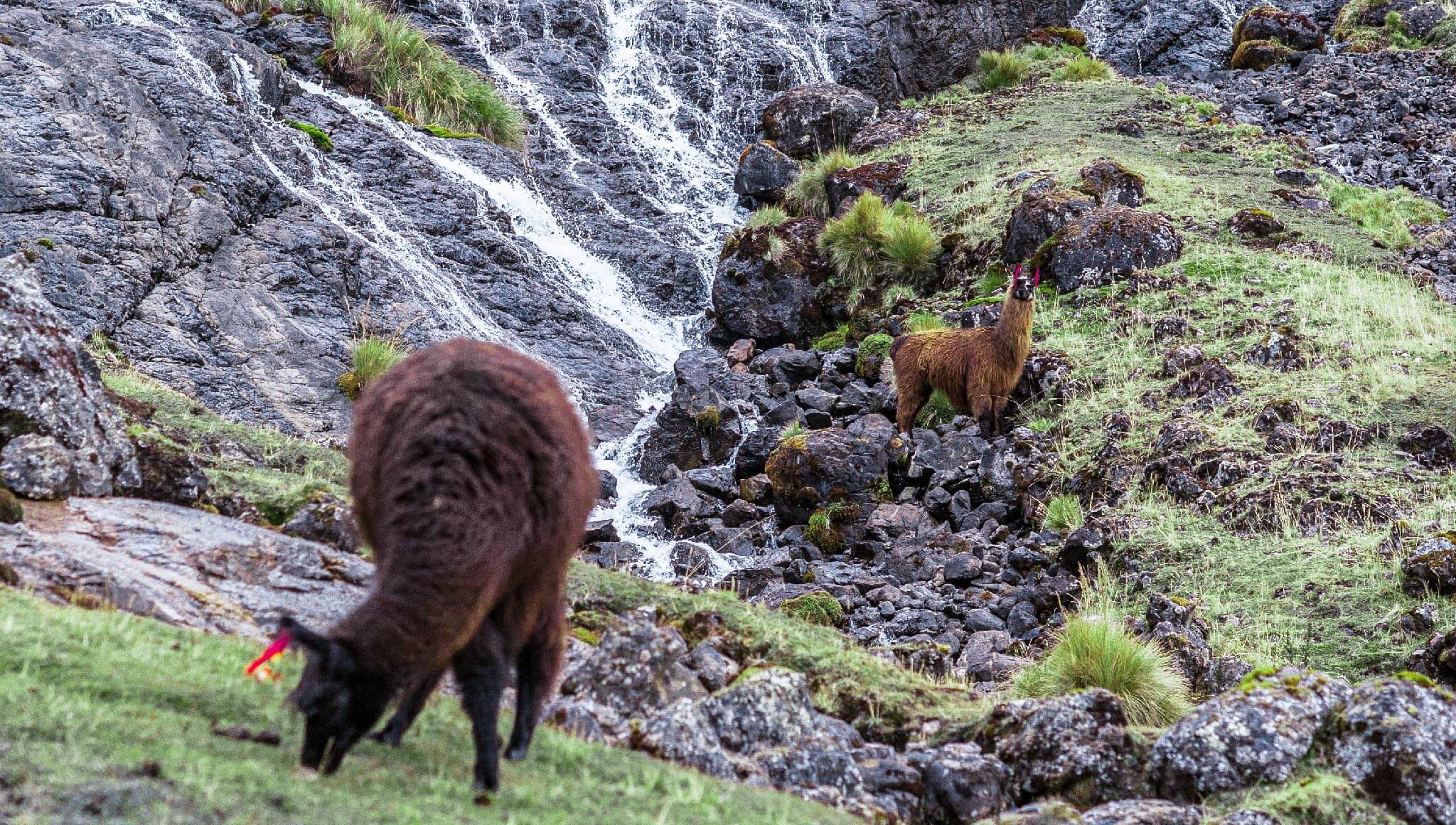
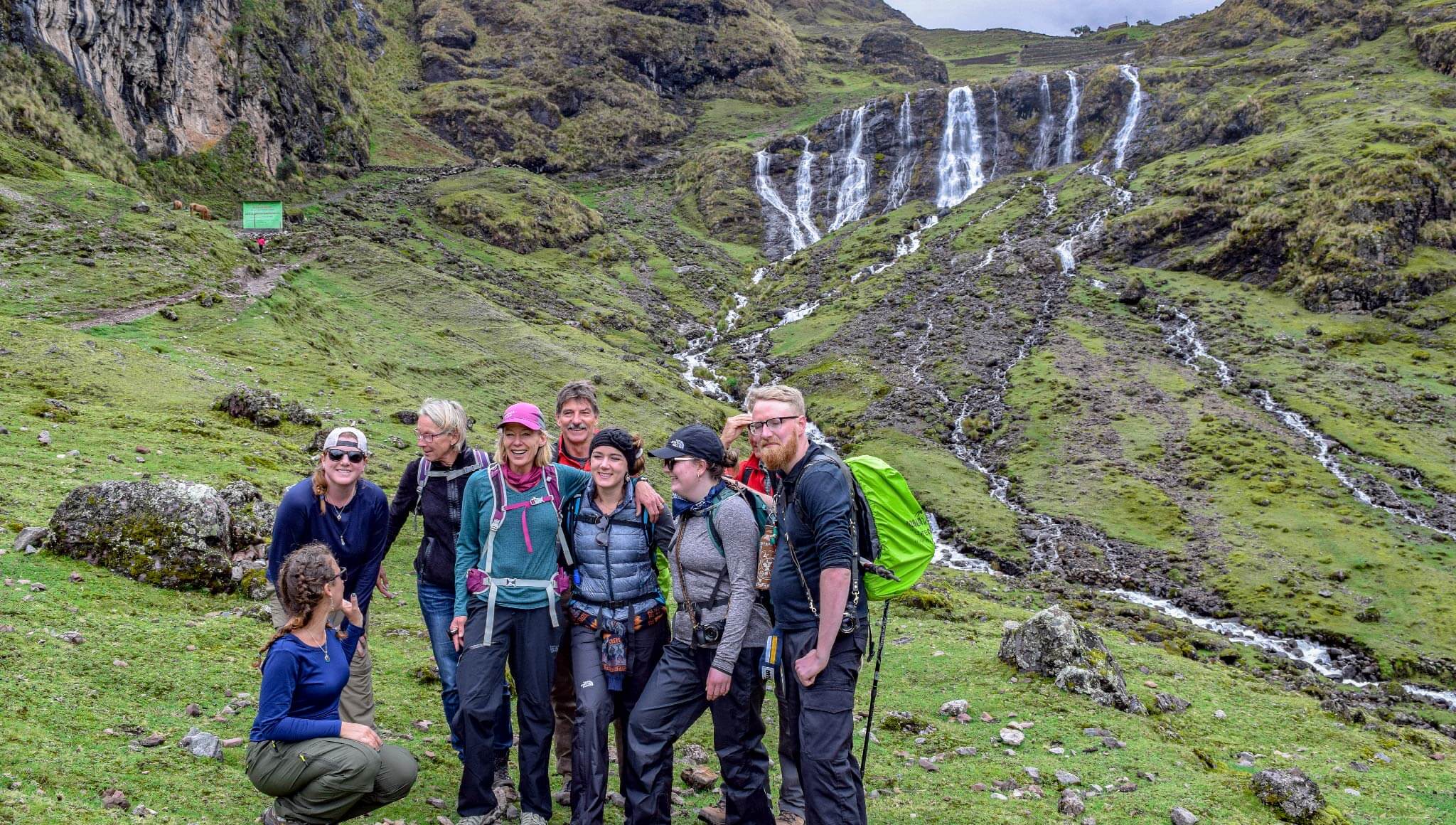
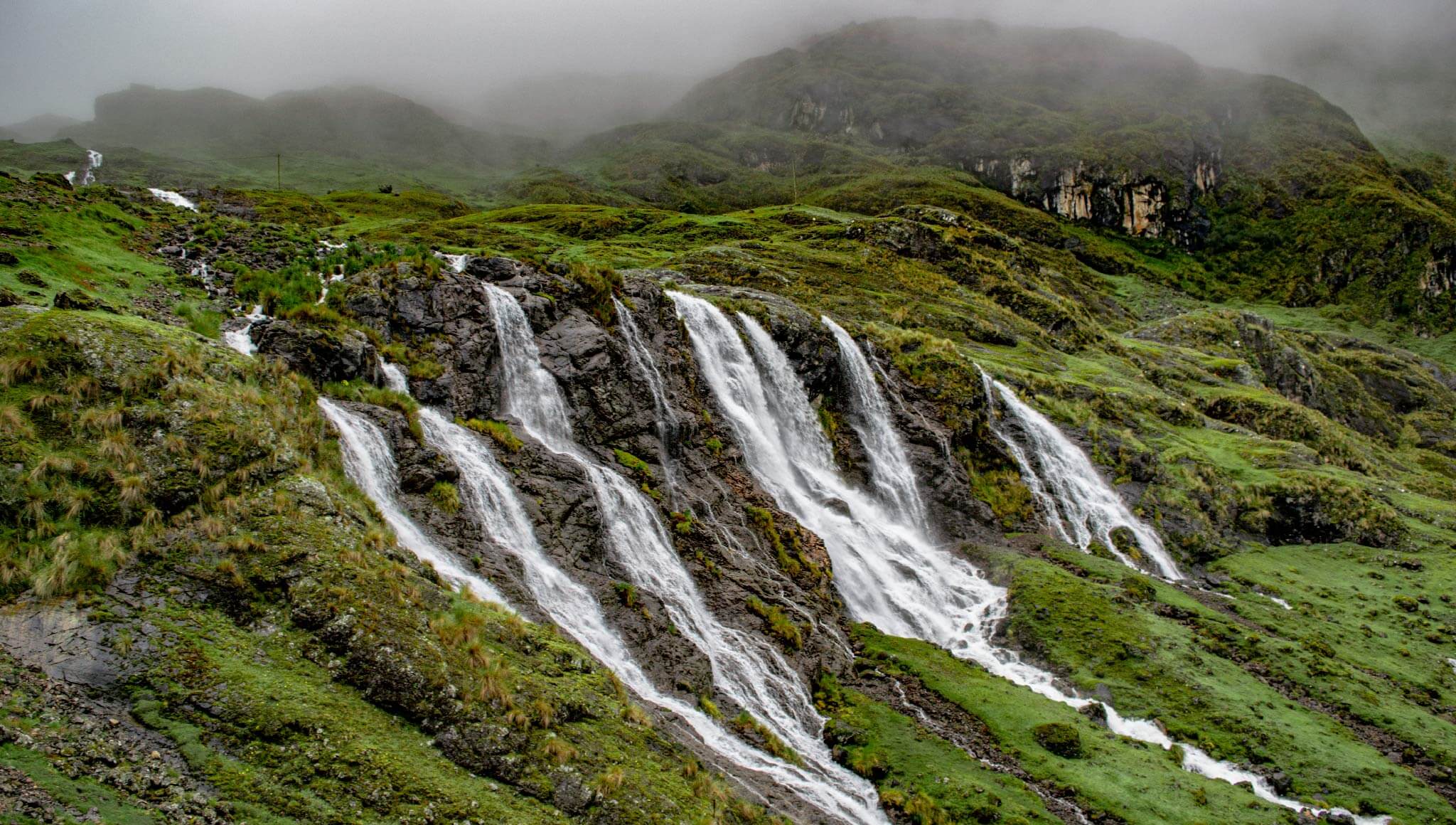



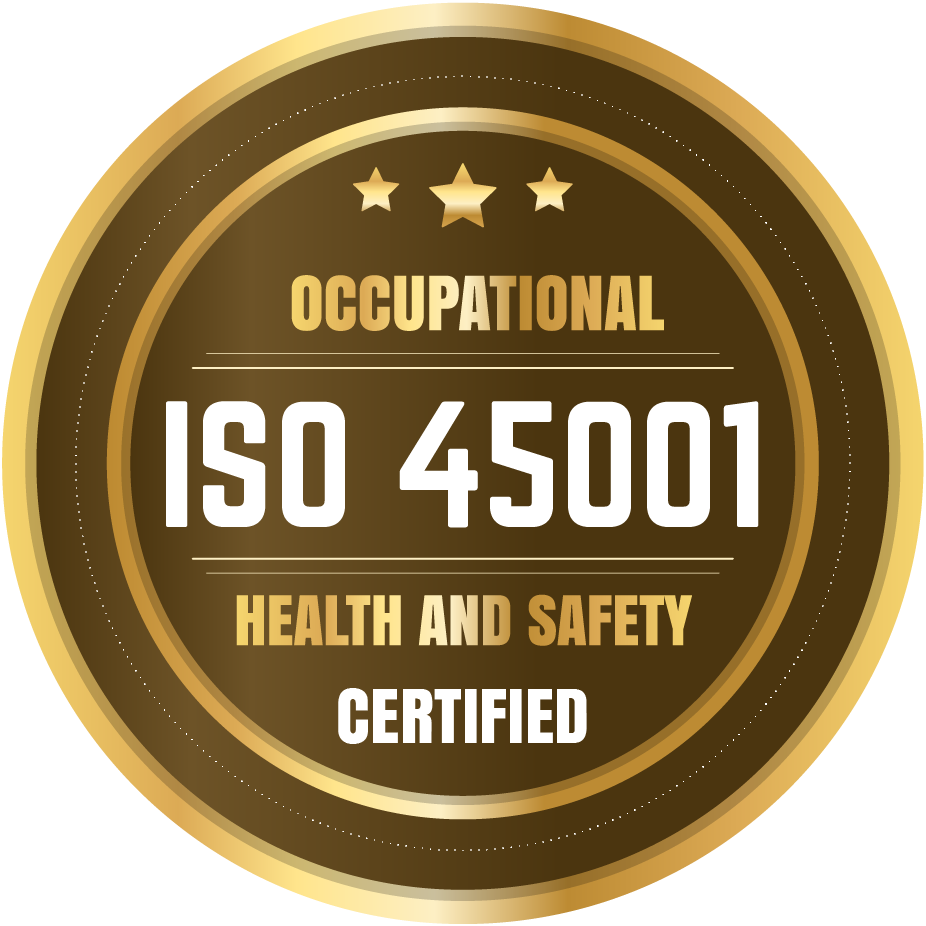
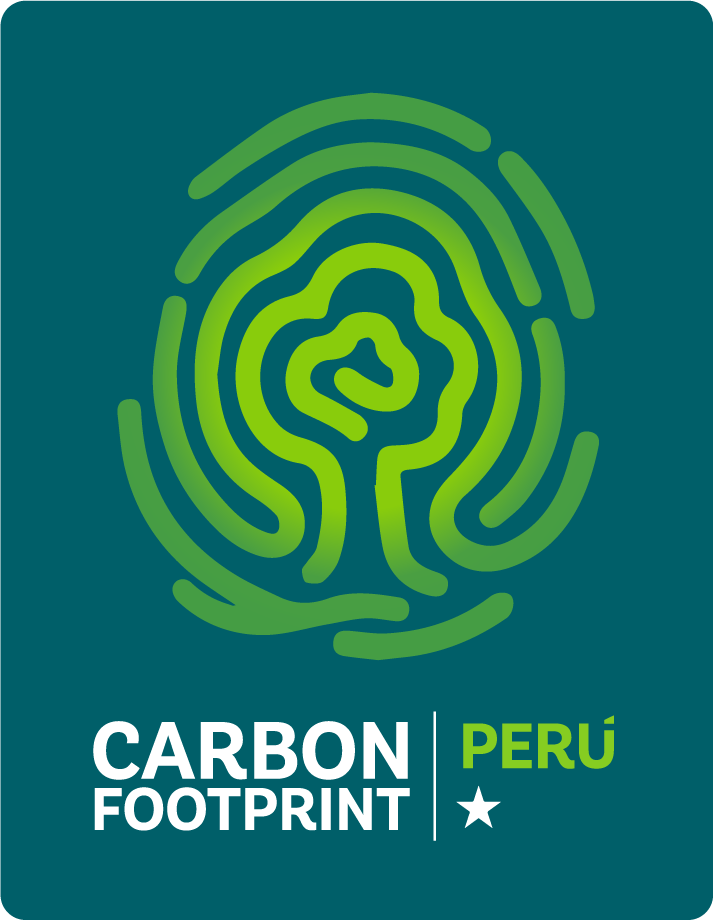












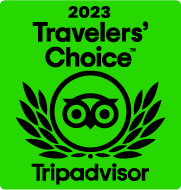















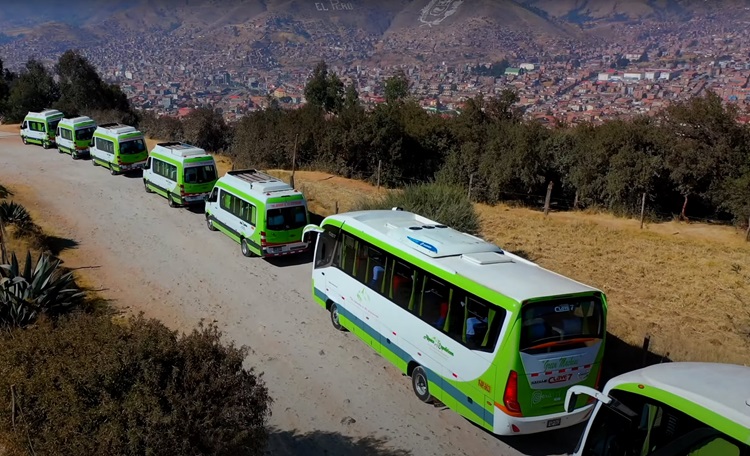
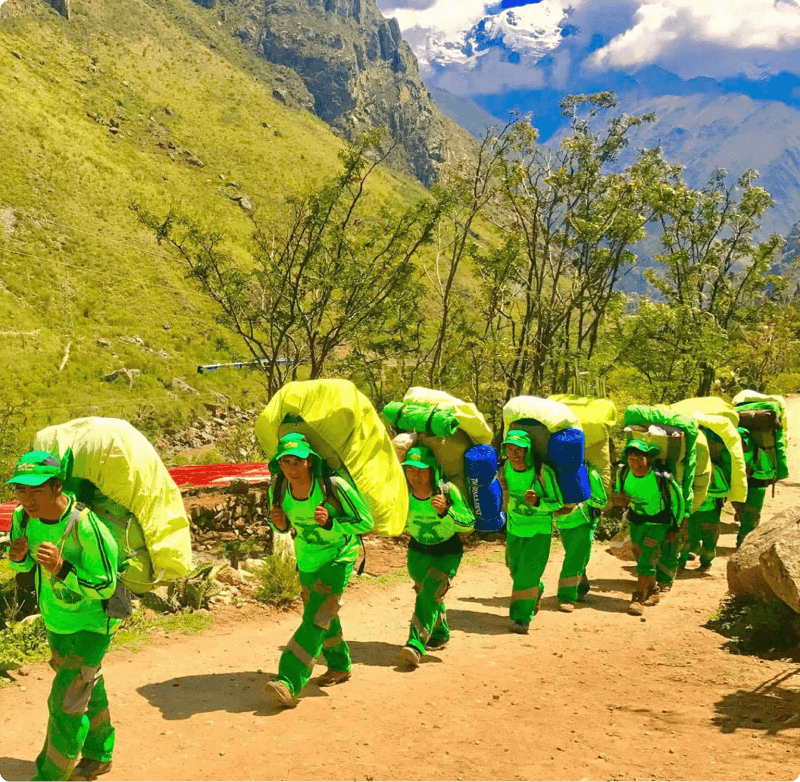 Porters will carry up to 7 kg of your personal items, which must include your sleeping bag and air mat (if you bring or rent one). From us, these two items weigh a combined total of 3.5 kg.
Porters will carry up to 7 kg of your personal items, which must include your sleeping bag and air mat (if you bring or rent one). From us, these two items weigh a combined total of 3.5 kg.